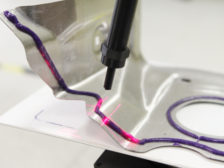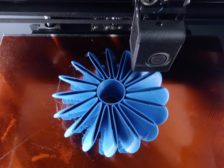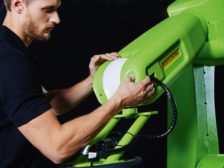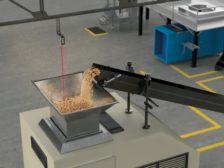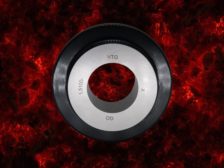Featured on Home Page
TEST & INSPECTION
Changing Face of Additive Manufacturing Inspection
As Manufacturers Embrace Increasingly Complex Materials and Processes, Their Inspection Methods Evolve with Them.
June 1, 2021
Inspection
Quality and Process Control for the Dispensing Process
For Many Applications, Good Robot Programming is an Art.
May 18, 2021
Additive Manufacturing Standards
Manufacturers should be aware of the many standards for this technology.
May 7, 2021
GD&T’s New Rule and What it means for Measurement
Here we will explore the implications of rule "S" and the limits/requirements of today's metrology as it is applied to these GD&T requirements.
May 6, 2021
Vision & Sensors | Cobots
Cobots for the Win
Collaborative robots helped manufacturers keep production lines running during the pandemic. They're accessible to small- and medium- sized businesses. And their simplicity just may help to shrink the skills gap.
May 5, 2021
Vision & Sensors | Machine Learning
How AI Software Enables More Accurate Quality Inspection
AI is being adopted across industries to harness the power of data and use it to make more informed decisions.
May 5, 2021
Vision & Sensors | Machine Vision 101
The Benefits of Smart Sensors & IO-Link
For many applications, good robot programming is an art.
May 5, 2021
Quality 101
Cylindrical Ring Gages: One Ring to Rule Them All
Cylindrical ring gages may be used as master gages to set variable measuring tools.
May 5, 2021
Stay in the know with Quality’s comprehensive coverage of
the manufacturing and metrology industries.
eNewsletter | Website | eMagazine
JOIN TODAY!Copyright ©2024. All Rights Reserved BNP Media.
Design, CMS, Hosting & Web Development :: ePublishing



